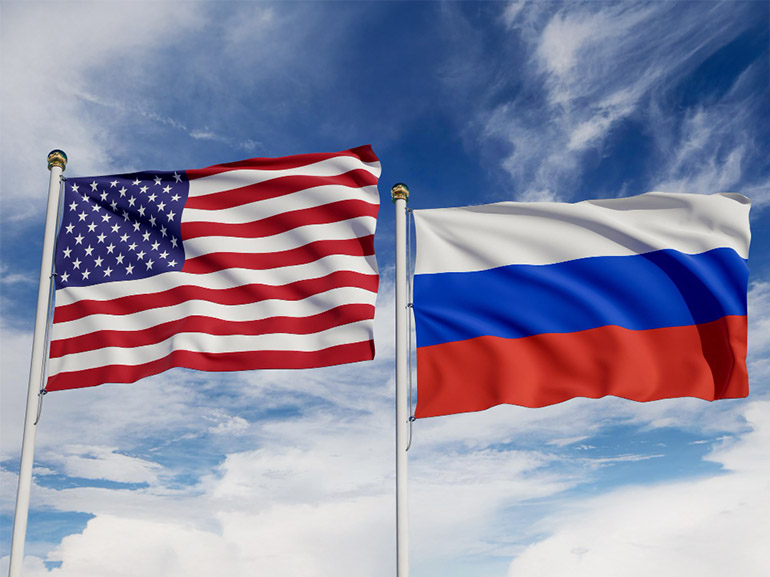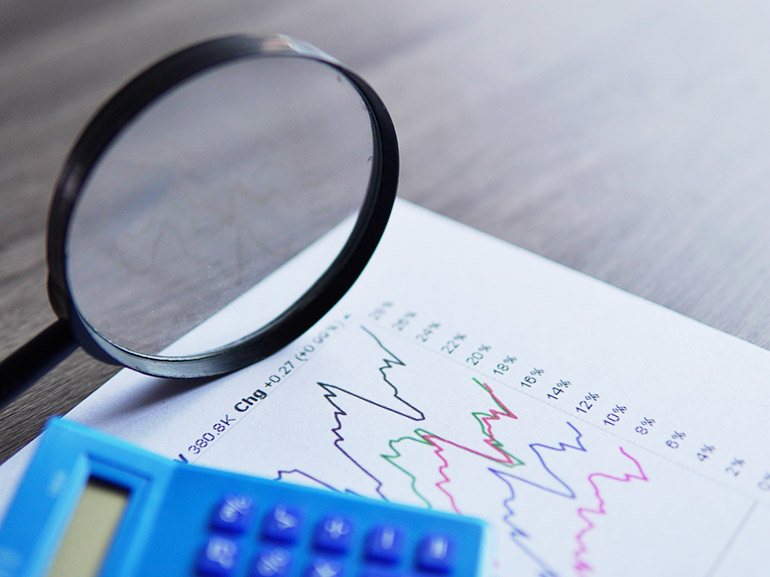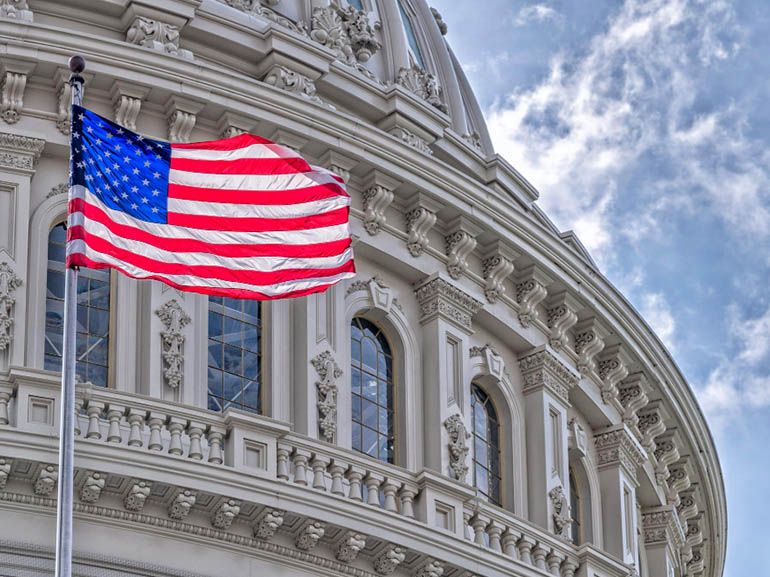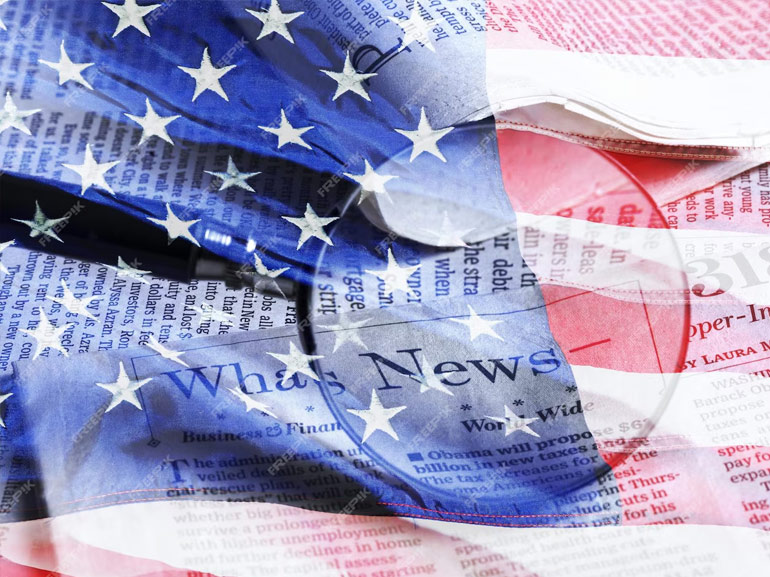Tariff Threats to the EU Raise Uncertainty
The S&P 500 (ES) and Nasdaq (NQ) extended their record highs last week, but the Dow Jones (YM) closed slightly in the red. On the one hand, some market participants appear more convinced that threats from US President Donald Trump are “old news.”.On the other hand, others point to the 1 August deadline, when tariffs are expected to revert to “Liberation Day” and trading partners are set to start paying hefty duties.
In this safe-haven environment, gold (XAU) clocked some gains in early trading on Monday, 21 July, as Commerce Secretary Howard Lutnic marked the 1 August deadline as a “hard deadline” over the weekend. Combined with reports that the EU is exploring ways to retaliate against earlier 15% tariff threats, these events heightened tariff uncertainty. Another element adding to jitters was Japanese Prime Minister Shigeru Ishiba losing the upper house majority.
Looking ahead, market participants will be watching US stock earnings and updates on the tariff situation, which may delay the timing of interest rate easing.
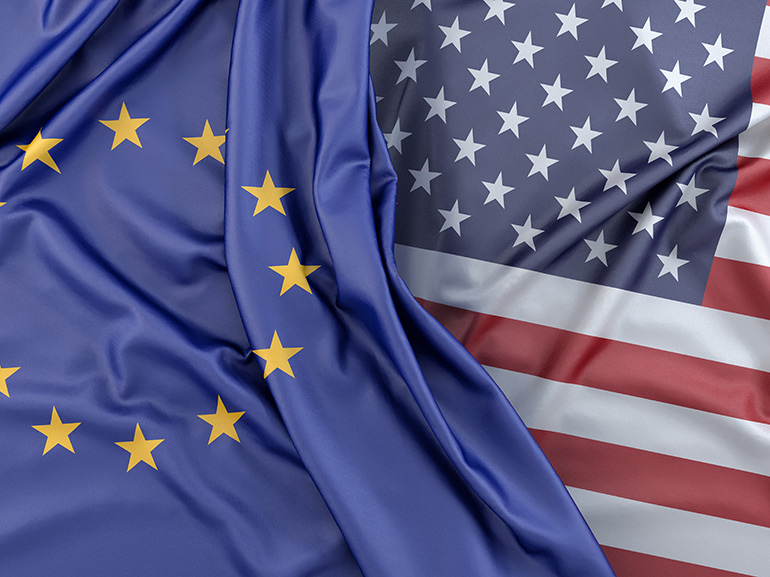
TL;DR - Key Market Impacts
Trump's threats of higher tariffs to the EU were largely shrugged off in the US, but "hard deadline" remarks ahead of the 1 August increased flows into gold
Japan seeks tariff negotiations after losing its parliamentary majority, while the EU threatens retaliation against a surprise 15% threat on $5 billion of daily goods
Trump's 100% tariff on Russian oil importers and EU sanctions shrugged off, but the tariff environment has Goldman Sachs raising oil targets
Fed rate cut timing hangs in balance, but Goolsbee warns of delayed easing, though corporate earnings remain strong, with 80% beating expectations in Q2
Multiple trade deadlines converging in late July/early August could trigger market volatility across stocks, gold, and oil
Japan and EU Race Against August Deadline
Japan's 25% Tariff Negotiations
While the ruling coalition of Japan lost control of the upper house, tariff negotiations with the US remain deadlocked due to disagreements surrounding agricultural imports. However, Japanese tariff negotiator Ryosei Akazawa plans to visit the US this week in a bid to avert a 25% import levy on 1 August.
EU's 15% Tariff Response Strategy
The European Union is in a similar position, trying to avert a new 15% tariff. The EU and the US had been working towards a 10% agreement on most European goods, which some of the bloc’s countries welcomed. However, following the latest surprise announcement last Friday, which would impose an additional 5% duty on daily goods worth $5 billion to 15%, European members are now seeking countermeasures.
Despite all tensions, Lutnick is “confident” that a deal will be made. Some European officials also hope for a deal, but Germany, which initially pushed for a quick agreement, has now lost confidence. The bloc is even considering triggering its “anti-coercion” mechanism to retaliate against the US. (Source: WSJ)
EU Pivots to China Amid US Trade Tensions
The EU is attempting to leverage its existing relationship with China to mitigate the risks associated with its relationship with the US. Commission President Ursula von der Leyen and Council President Antonio Costa are expected to meet Chinese President Xi Jinping on Thursday, 24 July. The two countries aim to reform a “free, fair and founded” trading system on a level playing field.
Meanwhile, the US deadline for China has been set for 12 August, with a meeting rumoured to occur before or during the APEC summit in South Korea, which is scheduled for later on 30 October. However, China and the US have already negotiated the terms for the resumption of chip supplies to China in exchange for increased rare earth exports to the US.
EU Sanctions on Russia Meet Muted Response
As market participants monitor progress on the trade front, Europe has sanctioned Russia's oil supplies in response to the Ukraine war. Members of the bloc agreed to a 90-day transition from 3 September aimed at hurting Russia’s oil revenues by setting a price cap 15% below the market price. Oil prices changed a little following the news.
Notably, Trump’s recent change of heart against Russia has also been largely shrugged off. The announcement of a 100% tariff on countries that import Russian oil last Tuesday, 15 July, which historically would have boosted oil prices, weighed on them. The 50-day deadline set by Trump, OPEC’s forecast of a very tight summer, and China’s return to normal oil demand have not supported the commodity either, which suggests that the effects of the summer holiday period may be taking a toll on prices. Still, Goldman Sachs (GS) raised its price for Brent (EB) for the second half of the year to $66 per barrel from $61, and to $63 from $57 for WTI (CL), citing Russian constraints among the reasons.
Without a doubt, Trump escalated the trade war in July as his deadline approaches. Although the stock markets have shrugged off the tariff risks or consider them as a one-off spikes in inflation, some analysts worry there is a broader change in inflation dynamics that could delay the Federal Reserve from cutting interest rates.
Fed Policy in Balance as Inflation Concerns Mount
Chicago Fed President Austan Goolsbee said on Friday, 18 July, in an interview with Yahoo Finance, that new tariff announcements could push the timeline for interest rate cuts forward. However, the odds of the Fed cutting rates have improved over the past few months as inflation readings have somewhat cooled off. Still, some analysts remain sceptical, saying that the full impact of tariffs has not arrived, and inflation could spike over the next few months.
Despite trade uncertainty as the US continues to negotiate deals with its partners, bank earnings painted a healthy picture for the US economy. Some executives, however, remain concerned that prices will tick higher over the summer due to the lagging effect of tariffs. For June, fast and year-on-year headline met expectations while the core, closely watched by the Fed, missed expectations by just 10 basis points. However, these figures were above last month's, and a continued rise in inflation readings could weigh on the stock market.
Google (GOOG), Tesla (TSLA), General Motors (GM), IBM (IBM), and Intel (INTC) are at the forefront of corporate earnings this week. Other notable names include Verizon (VZ), Texas Instruments (TXN), Blackstone (BX), and Honeywell (HON). Overall performance was positive on the back of optimistic inflation readings last week and the 80% upbeat rate so far in Q2.
Conclusion
As August approaches, Trump's tariff deadlines, heated negotiations, and the Fed’s stance suggest increased volatility ahead. While equity indices continued to reach new highs, tensions between trade policy uncertainty and monetary easing expectations appear to support gold on safe-haven demand, while weighing on oil despite geopolitical pressures.
With earnings strong so far and inflation data matching expectations, investors are looking for signs of how the trade war could alter the Fed's trajectory. The coming weeks will likely determine whether current optimism can withstand a potential return to "Liberation Day" as many crosscurrents converge in the final week of July.
*Past performance does not guarantee future returns
FAQs:
What is Trump's "Liberation Day" tariff deadline?
1 August 2025 is the deadline for when new tariffs take effect on trading partners, and Commerce Secretary Lutnick calls it a "hard deadline."
How much are the new tariffs on the EU and Japan?
Japan faces 25% import levies, while the EU confronts 10% tariffs plus an additional 5%, all on $5 billion worth of goods imported daily.
Will Trump tariffs affect Fed interest rate cuts?
Chicago Fed's Goolsbee warned that new tariff announcements could delay the timeline for interest rate cuts due to inflation concerns.
Why is gold rising during the tariff tensions?
Gold gained on safe-haven demand as tariff uncertainty increased over the weekend, particularly after Lutnick's "hard deadline" and threats of EU retaliation.
How are stock markets reacting to Trump's tariff threats?
The S&P 500 and Nasdaq hit record highs as some investors view the threats as "old news," though analysts worry about broader inflation impacts.



